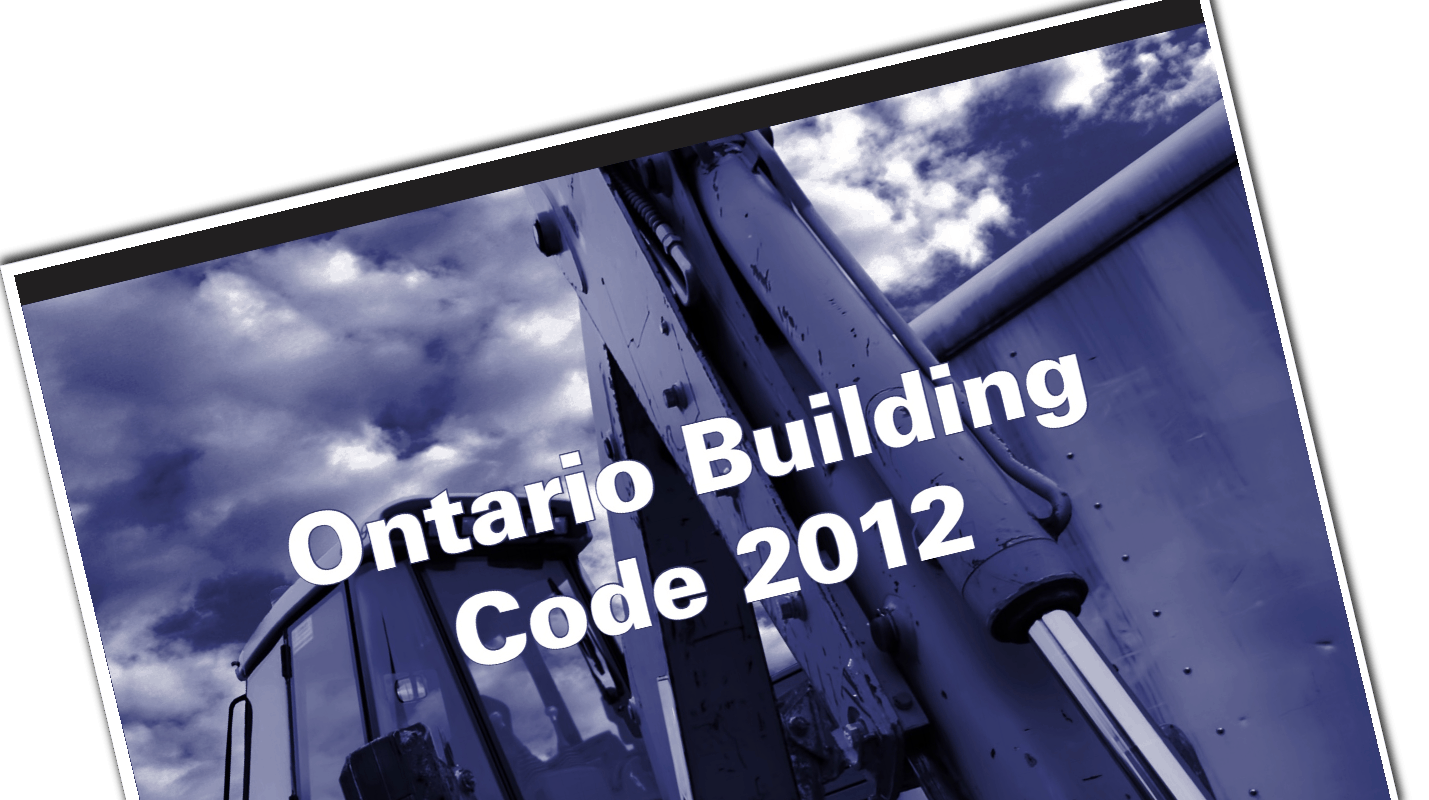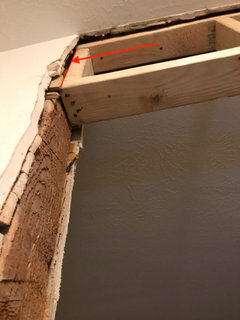

Headers and sill boards are used horizontally above and below a window or door to support its weight, but to the left and right of each opening, a jack stud and king stud are installed to support the top header and the ceiling plate. When you frame a window or door into a wall and create an opening in the studs, a header and a framing stud on each side reinforce the opening. Assembled flat and raised to stand upright, a wall with no windows or door openings would look like a simple rectangle with evenly spaced studs sandwiched between the upper and lower plate. Studs are assembled during construction to be 16-inches or 24-inches apart, depending on local building code, and they’re assembled with a top plate along the ceiling, and a bottom plate that sits atop the floor joists and subfloor. Each vertical member running from floor-to-ceiling is called a wall stud. What you’re seeing is your house’s frame. Stagger the rest of the nails 32″ o.c.$75.00 USD | 1H 12M Preview Course What are studs?Ĭlose your eyes and envision a wall of your home without drywall. Use two nails on each end and at splices. Nail each ply of a beam with a minimum of 10d nails. The notch can not exceed 25% of the width of the board. The bottom of any beam may be notched only on its end. Notches on the outer thirds must not exceed 1/6 of the width of the board. Their is no notching permitted in the center third of any beam. Both headers and girders are beams that are oriented horizontally and transfer load down to walls, piers, or posts. Although single plies are permitted they are not recommended. They are often positioned beneath load bearing walls. Headers are found in walls. Girders are found in floor systems spanning across piers and support the weight of floor joists. All other data is available on page 121 of the 2012 International Residential Code.

These charts are for 30 pound per square foot snow load on the roof. Includes span tables for all load bearing locations and the number of jack studs. Span charts and 2012 IRC building codes for girders and headers.


 0 kommentar(er)
0 kommentar(er)
